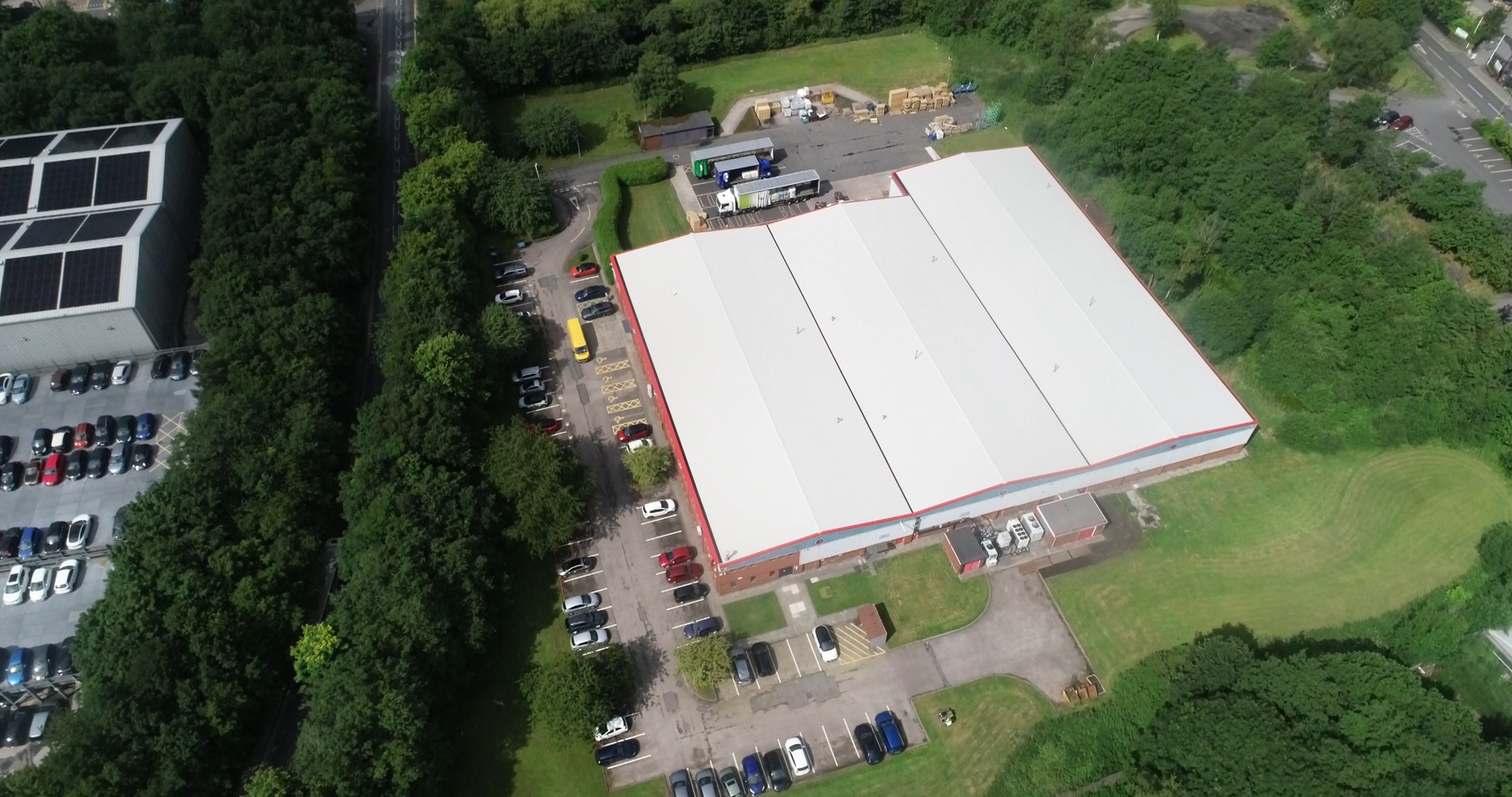
How to save energy: working with your landlord
Read time: 6 minutes
If you do not own your property, it is always advisable to read the terms of your lease and discuss them with your landlord before making any permanent changes to the fabric of your building.
Understanding your energy consumption should always be the starting point for energy-saving projects. While it is common in commercial properties for the tenant to be directly responsible for paying gas and electricity bills (which means you will have access to your own meter), this isn’t always the case.
If your utilities are wrapped up in an all-inclusive rent or service charge, you are likely to be in one of three situations:
If you find yourself with no or little access to data, your first action should be to have an open conversation with your landlord to ask for a little more detail about your energy consumption. They may be willing to provide you with data or install a submeter for you, which in most cases is a relatively low-cost process.
If not, it’s still worth trying to calculate consumption based on the information you have at your disposal, such as an audit of the equipment you use or what your landlord charges per metre squared of floor space.
Smith Goodfellow, a small office-based PR consultancy in Stockport, needed to measure its energy consumption but utilities are included in its rent and are not separately metered. The company is working with its landlord to explore the possibility of introducing separate metering, but in the meantime, it has calculated its consumption using estimates.
“Calculations are best estimate[s] based on guideline usage statistics for the size of our premises, number of employees and the equipment we use. This is clearly not an ideal situation, and we will be continuing to attempt to gather more accurate data. But, in the meantime, we feel it is better to start with a rough estimate than to not start at all”
Smith Goodfellow in its 2021 Impact Report
Before you make any changes to your building fabric or building services, read the terms of your tenancy agreement carefully. It is common to find clauses that demand a property is returned to its original state at the end of the lease, which means you may have to undo any changes you make (also known as ‘reinstatement’). You may also be required to seek approval for any changes made to the building and there is no guarantee the landlord will agree.
It pays to have a good working relationship with your landlord and start an open, two-way conversation as early as possible to overcome any issues that may prevent energy efficiency measures from being taken.
Generally speaking, it’s easier to make the case for fixed improvements that provide a continuous benefit beyond the length of your lease. This includes improvements to building fabric, such as insulation or double glazing, and fixtures and fittings such as LED lighting or solar PV. Even after your lease has ended, the landlord and future tenants will still be able to benefit from these improvements.
In many of these cases, there is a good argument for sharing the upfront cost with your landlord, so it’s worth asking whether they are willing to contribute. They may be willing to pay in full in return for a rent increase.
If your landlord is unwilling to contribute to the costs of improvements but is happy for you to pay yourself, you can always explore pay-as-you-save finance solutions. Either way, unless your lease is relatively short, many efficiency measures will more than pay back in full before your tenancy ends anyway.
Oldham-based manufacturer Quantum Profile Systems Ltd (QPSL) has made several improvements to its rented building in recent years and is in the final stages of arranging solar PV panels to be installed on the roof.
“Communication and selling the benefits are crucial. Our lease is running for another 12 years and you get about 25 years’ warranty on a solar PV system. So even if we left the site when our lease ended, the landlord would still have many years’ benefit. And as the system will pay back in around two years, it will have paid for itself many times over before we left anyway."
“The way we communicated it was to say solar would provide a significant increase of value to the property and will not be a barrier to renting the property to someone else in future”
Dr Diane Luther, Product Manager, QPSL


Image: QPSL in Bolton
Read the full QPSL case study in full
If you are looking to move into a new property or currently renegotiating to renew your lease, carefully consider how any proposed terms may affect your ability to understand your energy consumption and/or make energy efficiency improvements.
Have an open conversation with the landlord about why you want access to data and the freedom to make improvements to reduce your consumption. If they seem unwilling, you could consider offering to sign a longer-term contract or agree to slightly higher rent in return for their cooperation. (Be wary of those who are unwilling to cooperate – some landlords may refuse to provide you visibility of your consumption because it makes it easier for them to add hidden costs on top to account for administration time).
In some cases, it may be worth discussing a ‘green lease’ arrangement. Green leases include clauses which make it easier for tenants to take measures to improve the environmental performance of the building without affecting issues such as reinstatement at the end of the lease. Although relatively rare at the moment, green lease arrangements are expected to become much more common in future.
Need support?
If you are seeking a trusted, local supplier to install energy-saving technologies, use our online marketplace.
Read our series of blogs to help you reduce energy in your business.
Green Intelligence - straight to your inbox